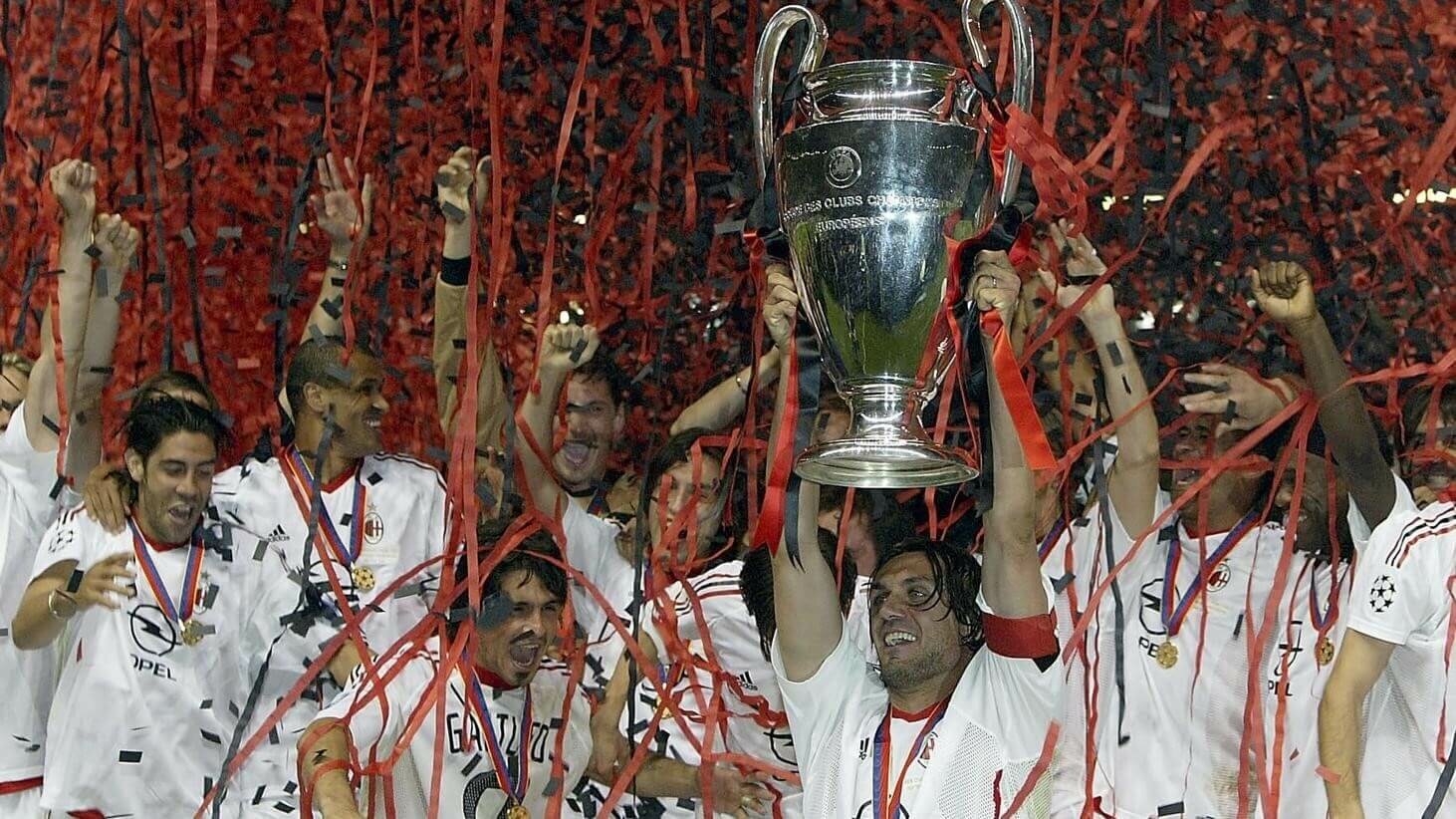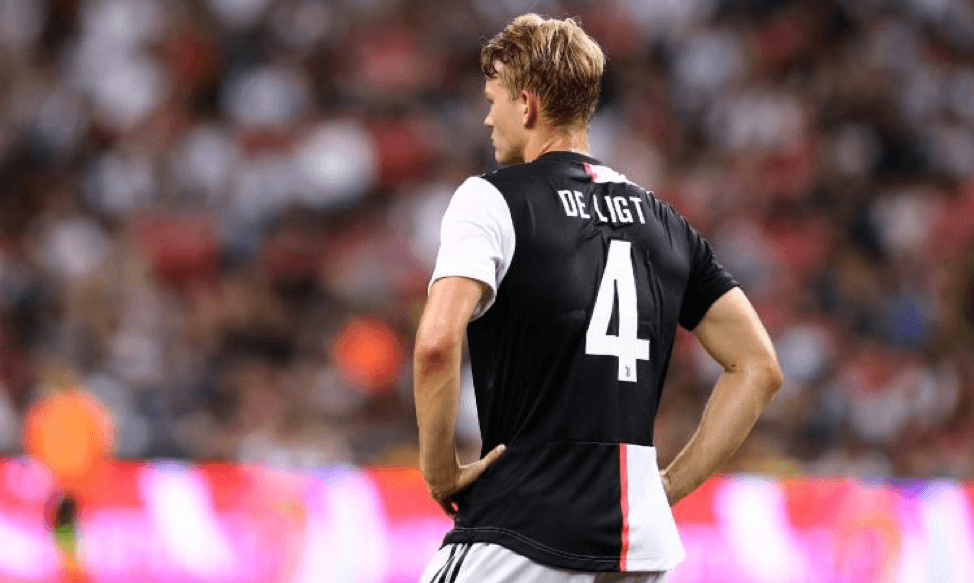UNDERSTANDING GUARDIOLA’S TACTICAL TOOLS THAT DISMANTLED ARTETA’S ARSENAL

Following a 3-month hiatus due to the COVID-19 outbreak, we welcomed the return of the long-awaited Premier League with a blockbuster game to restart the campaign as the Gunners travelled to the Etihad to take on the current champions, Manchester City. Plenty of questions were raised with regards to the fitness of the players, the logistics of organising the game and how an empty stadium would feel. However, when the whistle blew, all eyes were on two teams and the brains behind them in Pep Guardiola and Mikel Arteta to see if the master comes out on top or the pupil manages to spring a surprise.
Arsenal started the better side, and after 25 minutes and few breaks in the game due to injuries to Granit Xhaka and Pablo Marí, City started to assert their dominance. This dominance was finally rewarded with the breakthrough from Raheem Sterling on the stroke of halftime following a schoolboy error from David Luiz. Shortly after the restart, another Luiz mistake saw the 2nd goal of the game with de Bruyne converting from the penalty spot before Phil Foden made it consecutive 3-0 victories over Arsenal in stoppage time.
Starting XI’s
City lined up in their usual 4-3-3 formation, with İlkay Gündoğan playing as the holding midfielder and Kevin De Bruyne and David Silva operating as the false 8s. Gabriel Jesus started ahead of Sergio Agüero which was perhaps a surprise to many, but seeing how Pep opted for the Brazilian in the game of the season against Real Madrid at the Bernabéu, the young forward’s intense pressing and tactical flexibility may have given him the edge over the seasoned vet. However, the real surprise was seeing academy graduate, Eric García, who has got the odd game in the league and regular outings in cup competitions to show what he’s made of.
Touted as City’s central defensive prospect for the future, the Spaniard certainly stepped up before his game was called to a horrific halt after a coming together with Ederson as the Brazilian rushed off his line to head the ball. Fortunately, García is conscious and safe from a collision that is almost unwatchable when replayed.
Arsenal, on the other hand lined up in a 4-2-3-1 formation and played a relatively young side. Bukayo Saka, who has been impressive at left-back, was moved into right-wing to allow Kieran Tierney to play in his natural position and the absence of £72 million man Nicolas Pépé , Alexandre Lacazette or even the mercurial Martinelli was a headscratcher. While Arteta was clearly setting up to defend deep, was he showing too much respect to Guardiola and City? It certainly seemed like it. Mesut Özil’s exclusion from the squad was yet another headline in a saga that has plagued the German’s career in North London and at this point, is rather monotonous to keep it concise.
Unlike City who play with one holding midfielder and two number 8s, Arsenal’s approach to the game was more cautious with two holding midfielders in Mattéo Guendouzi and Granit Xhaka to offer the steel in the middle of the park. Joe Willock operated in the hole behind Nketiah which was a bold decision, but nonetheless, perhaps too big a game for the lad to show what he’s made of in.
In what was an intriguing tactical battle between the two teams, while people may rightfully argue that Luiz gifted the game to the hosts, we delve into why Guardiola’s masterplan meant it was Arsenal’s game to lose from the get-go.
Not allowing Arsenal to play out from the back
A key feature of this game was the way City were able to stop Arsenal playing out from the back, suffocating them in their own half. This was done through the positioning of Gündoğan. When Arsenal attempted to play out from the back, the former Dortmund man would push slightly forward, making it a flat 3-man midfield. This meant that the ball into Arsenal’s double-pivot was harder to execute as they were easily and swiftly outnumbered in that area. This allowed City to win the ball higher up the pitch and spring counter-attacks in their usual fashion. Once City got into their rhythm after the first 20-minute spell of getting into the groove of things again, the game was virtually played in the Gunners’ half. Arteta cut a puzzled figure as he was witnessing his side being beaten at his own game; playing out from the back, a cornerstone of Guardiola’s game that the pair utilized to transform the culture of what was needed from a ‘keeper and a centre-half in England from the years when hoofing it up top was the norm.

Despite all that’s been mentioned, this is not to say that Arsenal could not exploit any gaps. Gündoğan pushing forward left space in behind him which, with better precision in their passing, could have been used to Arsenal’s advantage. They could have got the ball into Joe Willock in this area by going direct to him, allowing him to turn and run directly at the back 4 with support either side and in front. Another way in which City could have been exploited was their extremely high line.
Guardiola’s men play this way to almost squeeze out any space the opposition have, considering the possessional dominance they always have. However, there were a few instances where the visitors nearly managed to break in behind. Arteta should have noticed this and played Aubameyang up front as a player with pace like his would have been more likely to latch onto balls over the top and get in behind the young buck, Eric Garcia. Had Arsenal been match sharp, they might have taken advantage of those situations earlier in the match and the outcome of the game could have been different.
Therefore, City were able to gain control with their aggressive positioning in midfield. The flat 3 in midfield from Arsenal goal kicks made it hard to play out from the back and build play from deep. However, with more accurate long passing in the gaps, Arsenal could have found space and been able to test a City side that strolled to a win.
Creating Overloads: Enter KDB and Silva
City’s main strength and the reason they were able to dominate all over the pitch was their ability to have a numerical advantage in key areas. Whether it be out wide or centrally, they always seem to have an extra 2 players. This was evident in this fixture as well.
De Bruyne and Silva operate in the channel between centre-back and fullback. In this area, they can provide support both out wide and centrally. Supported by full-backs in Kyle Walker and Benjamin Mendy who can go make overlapping runs as well as tuck into midfield, this creates situations where City can easily pass around the opposition before they can get support.

Silva and De Bruyne toyed with Arsenal throughout
This was a headache for Arsenal to defend against as KDB and Silva occupied the Arsenal double pivot which allowed the wingers to constantly be 1-on-1 with the full back. The supporting runs of Mendy and Walker to add to this dominance simply made it too much for Arsenal to halt and City were able to get in behind time and time again. If it weren’t for the heroics of Bernd Leno, the final score-line could have been a much larger and embarrassing one.
Playing Long-Ball Football: The Ederson Way
Another weapon that City use to great effect in order to break their opposition is the use of Ederson. City is renowned as a team, who play expansive, attractive football from the back. However, they are not afraid to play direct. Direct in this instance does not mean an aimless long ball to a big striker up the pitch, but an excellent pass in behind from their keeper. The way City is able to orchestrate this is fantastic. They will bring all players except one or two into their half to make it seem as if they are playing from the back. This draws the opposition backline higher and vacates space in behind. Ederson will then pick out a pinpoint long pass to penetrate the backline.

We saw this numerous times throughout the game. Moments before the goal, Ederson sent Riyad Mahrez in behind and, with a better touch, would have had an opportunity at goal. Arsenal did not learn from their mistake, however, and City was able to capitalize, winning a penalty and reducing Arsenal to 10 men, ending the game as a contest. It was the Brazilian’s long pass to find Walker which set Mahrez up to run past Luiz and set the penalty up.
While he was not tested at all during the tie as Arsenal registered 0 shots on target, Ederson had more passes than any of the opposition players which paints a clear picture of Ederson and the game itself.
The positive to take for Arsenal fans is that Arteta set out an actual gameplan and his vision was ruined, for all practical purposes by the unfortunate injuries and a disasterclass from Luiz. However, the team selection and the manner of defeat is a stark reminder of the fact that both teams are worlds apart. Whether Arteta can create his own spin of what he learned under Pep at City and create a similar powerhouse at Arsenal remains to be seen.
Chalk this off and go back to the drawing board.
Read More
ROLLING BACK THE YEARS TO MILAN’S ICONIC 2002-03 SEASON
MAX LOMBARDIA \
THROWBACKS
TALKING YOUTUBE, ARSENAL, MEETING MESSI AND MORE: IN CONVERSATION WITH TIMBSY
SRINIVAS SADHANAND \
INTERVIEWS



